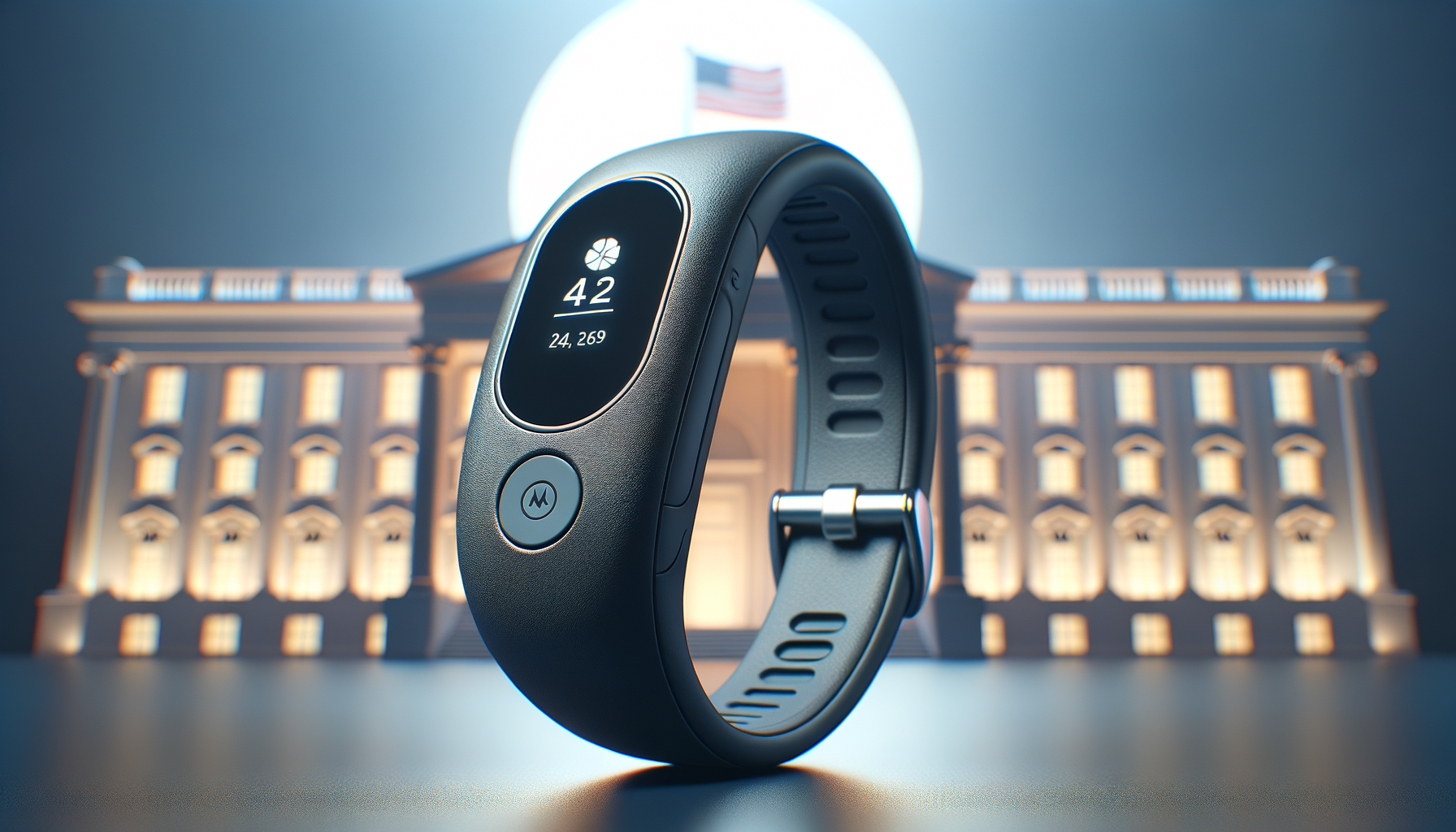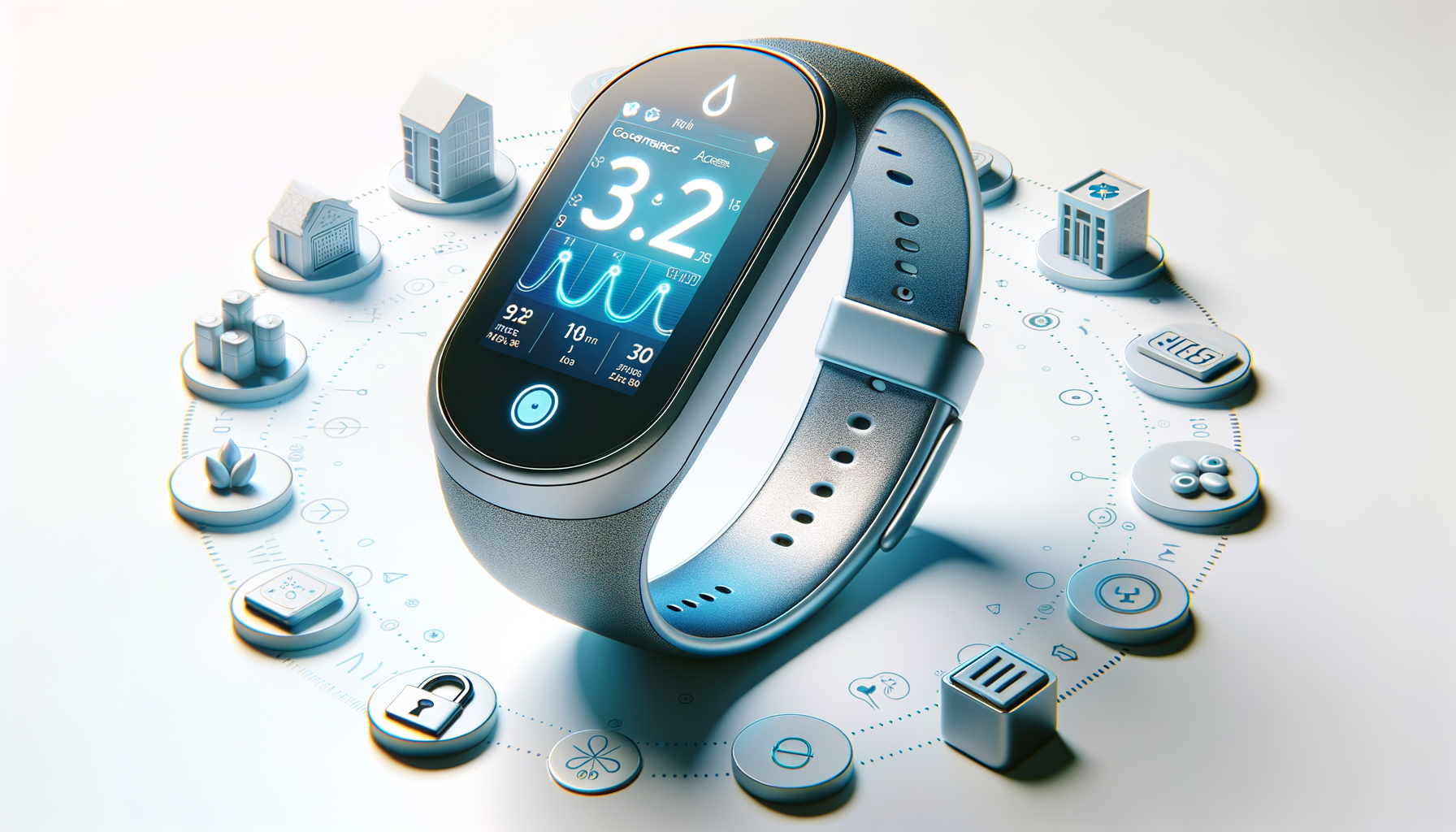Introduction to Wearable Blood Sugar Monitors
In recent years, the management of diabetes has been revolutionized by the advent of wearable blood sugar monitors. These devices offer a convenient and non-invasive method to track glucose levels continuously. Unlike traditional methods that require finger pricks multiple times a day, wearable monitors provide real-time data, allowing individuals to make informed decisions about their diet and lifestyle. The ability to monitor blood sugar levels seamlessly without interruption is a game-changer for many living with diabetes.
Wearable blood sugar monitors work by using sensors that are typically placed on the skin. These sensors detect glucose levels in the interstitial fluid, which is the fluid between cells. The data is then transmitted to a smartphone or other device, where users can view their glucose levels in real-time. This technology not only simplifies the process of monitoring but also provides a comprehensive overview of glucose trends over time, which can be crucial for managing diabetes effectively.
Among the benefits of wearable monitors are:
- Continuous monitoring without the need for finger pricks
- Real-time data access via smartphones
- Improved management of blood sugar levels
- Ability to track trends and patterns over time
Overall, wearable blood sugar monitors represent a significant advancement in diabetes care, offering both convenience and improved health outcomes.
Government Glucose Monitoring Initiatives
Governments around the world recognize the importance of managing diabetes effectively and are increasingly investing in glucose monitoring initiatives. These programs aim to make advanced diabetes management tools accessible to a broader population, particularly those who may not afford them otherwise. By subsidizing the cost of glucose monitors and providing educational resources, governments can help improve public health outcomes and reduce the long-term costs associated with diabetes complications.
One of the key aspects of government-backed programs is the focus on preventive care. By encouraging the use of advanced glucose monitoring technology, these initiatives aim to help individuals maintain optimal blood sugar levels and prevent complications such as heart disease, nerve damage, and kidney issues. Furthermore, these programs often include educational components to help individuals understand how to use the technology effectively and interpret the data they receive.
Some common features of government glucose monitoring programs include:
- Subsidies or discounts on glucose monitoring devices
- Access to educational resources and support groups
- Partnerships with healthcare providers to ensure comprehensive care
- Focus on preventive care to reduce long-term health costs
By making glucose monitoring technology more accessible, governments can play a crucial role in improving the quality of life for individuals with diabetes.
Blood Sugar Monitors Without Finger Pricks: A New Era
For many individuals with diabetes, the daily routine of finger pricks can be both painful and inconvenient. However, recent advancements in technology have led to the development of blood sugar monitors that eliminate the need for this traditional method. These monitors, often referred to as continuous glucose monitors (CGMs), offer a painless and efficient way to track glucose levels throughout the day.
CGMs work by using a small sensor inserted under the skin, usually on the arm or abdomen. This sensor measures glucose levels in the interstitial fluid and transmits the data to a receiver or smartphone app. The continuous stream of data allows users to see how their glucose levels fluctuate in response to various factors such as food intake, exercise, and stress. This real-time information can be invaluable for making timely adjustments to diet and medication.
The advantages of blood sugar monitors without finger pricks include:
- Painless and convenient monitoring
- Real-time data for better decision-making
- Reduced risk of hypoglycemia and hyperglycemia
- Enhanced ability to track long-term glucose trends
As technology continues to advance, these devices are becoming more affordable and accessible, making them a viable option for a wider range of individuals.
Comparing Traditional and Modern Glucose Monitoring Methods
When it comes to monitoring blood sugar levels, individuals with diabetes have several options. Traditional methods, such as finger prick tests, have been the standard for many years. However, modern technology offers alternatives that provide greater convenience and accuracy. Understanding the differences between these methods can help individuals choose the right approach for their needs.
Traditional finger prick tests involve using a lancet to draw a small amount of blood, which is then analyzed by a glucose meter. While this method is accurate, it can be painful and inconvenient, especially if multiple tests are required throughout the day. Additionally, finger prick tests only provide a snapshot of glucose levels at a specific moment, which may not reflect overall trends.
In contrast, modern glucose monitors, such as CGMs, offer continuous tracking without the need for blood samples. These devices provide real-time data and can alert users to potential issues like low or high blood sugar levels. The ability to monitor trends over time can lead to better diabetes management and improved health outcomes.
Key differences between traditional and modern monitoring methods:
- Traditional methods require blood samples; modern methods do not
- Modern monitors offer continuous data, while traditional methods provide snapshots
- Modern technology can enhance user convenience and reduce discomfort
Ultimately, the choice between traditional and modern methods depends on personal preferences, lifestyle, and healthcare needs.
Conclusion: Embracing Technology for Better Diabetes Management
The landscape of diabetes care is rapidly evolving, with technology playing a pivotal role in improving how individuals monitor and manage their condition. Government-backed glucose monitoring programs are making it easier for people to access advanced technology, which can lead to better health outcomes and an improved quality of life.
By embracing wearable blood sugar monitors and continuous glucose monitoring systems, individuals can gain greater control over their diabetes management. These devices offer a more convenient, painless, and efficient way to track glucose levels, ultimately leading to more informed decisions about diet, exercise, and medication.
As governments continue to invest in these programs and technology becomes more accessible, the future of diabetes care looks promising. By staying informed and taking advantage of available resources, individuals can navigate their diabetes journey with confidence and ease.



Leave a Reply